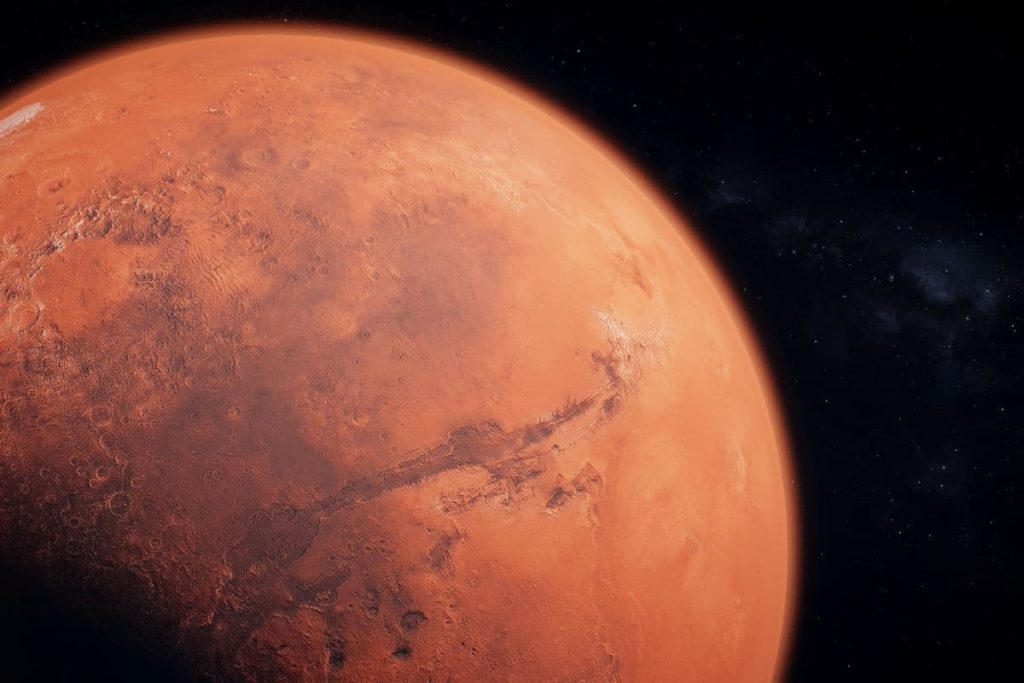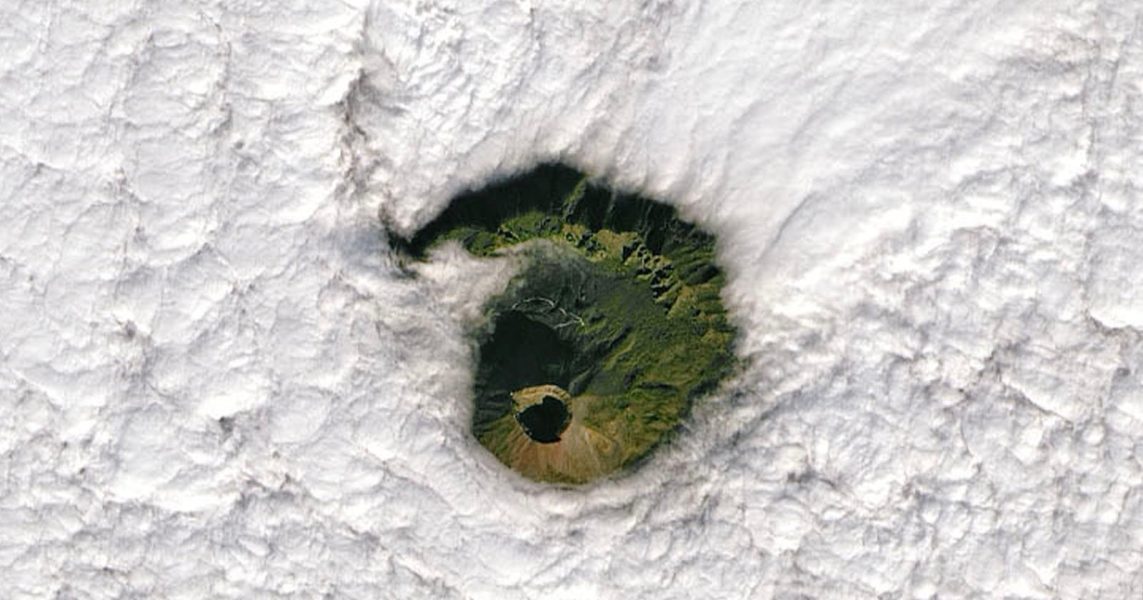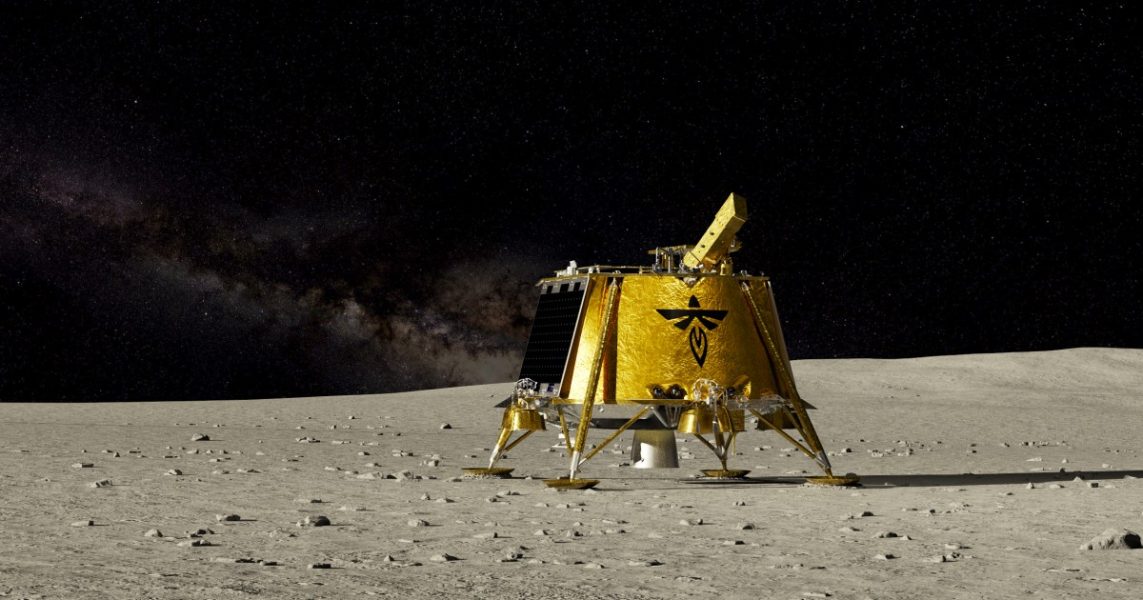Did Mars Once Host an Ancient Ocean? These Mounds May Prove It ! – The Daily Galaxy –Great Discoveries Channel

Beneath the arid surface of Mars, scientists have uncovered tantalizing clues that could rewrite the story of the Red Planet. Thousands of strange hills and mounds hold secrets of a time when liquid water may have shaped its landscape—and possibly supported life. Could these formations be the long-sought evidence of an ancient Martian ocean? New discoveries are bringing us closer to unraveling one of the universe’s biggest mysteries.Thousands of enigmatic hills and mounds dotting the northern plains of Mars may hold the key to understanding the planet’s watery past. Recent research suggests these formations, rich in clay minerals, could provide compelling evidence of a long-lost ocean that covered parts of the Red Planet nearly four billion years ago.Mars today is a cold, dry desert world, but its ancient landscapes tell a story of dramatic change. Scientists have long hypothesized that its northern lowlands once hosted a vast ocean, based on features resembling shorelines and sedimentary deposits. Now, a team of researchers led by Joe McNeil of the Natural History Museum in London has uncovered new evidence in the form of more than 15,000 mounds and hills scattered across these lowlands.Using high-resolution images and spectral data from instruments aboard NASA’s Mars Reconnaissance Orbiter and the European Space Agency’s Mars Express, the researchers analyzed these formations, which resemble buttes and mesas found on Earth. These geological features often form through prolonged erosion and contain distinct layers of rock.Within these Martian mounds, the team identified extensive deposits of clay minerals, some stretching up to 1,150 feet (350 meters) thick. Clays form when liquid water interacts with rock over long periods, making their presence a marker of a wet and potentially habitable environment.“[This] shows that there must have been a lot of water present on the surface for a long time,” McNeil explained. “It’s possible that this might have come from an ancient northern ocean on Mars, but this is an idea that’s still controversial.”Mars is divided into two starkly different regions. The southern hemisphere features ancient highlands, while the northern hemisphere is dominated by eroded lowlands that likely formed after massive impacts billions of years ago. This geological dichotomy has fueled speculation that an ocean once occupied the northern plains, with rivers and streams feeding into it during the Noachian era—a period spanning 4.2 to 3.7 billion years ago.The study focused on a specific area in the northern lowlands, near Chryse Planitia, a vast region shaped by both water and wind erosion. Chryse Planitia also served as the landing site for NASA’s Viking 1 mission in 1976, the first successful spacecraft to operate on the Martian surface.The clay layers in the mounds offer a timeline of Mars’ wetter climate, sandwiched between older rock devoid of clay and younger layers that similarly lack water-altered minerals. This pattern strongly suggests a distinct era when liquid water shaped the landscape, potentially connected to a northern ocean.One of the most tantalizing questions in planetary science is whether Mars once supported life. If a northern ocean did exist, it could have provided a stable environment for microbial life to develop. Clay minerals, in particular, are known to preserve organic molecules, making them prime targets for astrobiological studies.The area containing the mounds is also linked to Oxia Planum, the planned landing site for the European Space Agency’s Rosalind Franklin rover, set to launch in 2028. The rover will drill into Martian rocks to search for signs of ancient life, and its proximity to the clay-rich mounds gives scientists hope that it may uncover significant evidence of Mars’ habitability.“The mounds preserve a near-complete history of water in this region within accessible, continuous rocky outcrops,” McNeil noted. “The European Space Agency’s upcoming Rosalind Franklin rover will explore nearby and could allow us to answer whether Mars ever had an ocean and, if it did, whether life could have existed there.”While the new findings bolster the idea of a northern ocean, the hypothesis remains contentious. Some scientists argue that other processes, such as underground water activity or atmospheric interactions, could explain the clay deposits without requiring a large standing body of water.Still, the growing body of evidence—including ancient river channels, sedimentary layers, and now these clay-rich mounds—paints a picture of a Mars that was once warm, wet, and potentially teeming with activity.Got a reaction? Share your thoughts in the commentsEnjoyed this article? Subscribe to our free newsletter for engaging stories, exclusive content, and the latest news.Comment Save my name, email, and website in this browser for the next time I comment.
© 2024 | Daily Galaxy | All rights reserved
Source: https://dailygalaxy.com/2025/01/did-mars-once-host-an-ancient-ocean/




